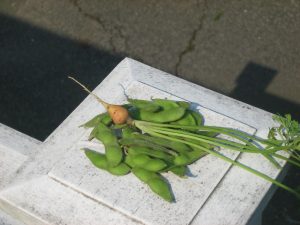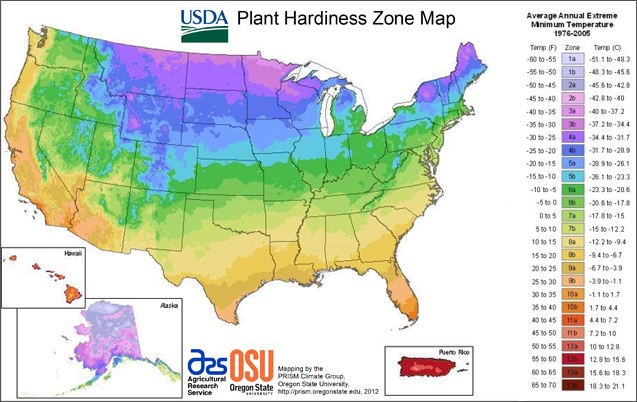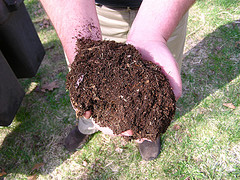 Harvesting is the best time of the gardening season since you get to see the literal fruits of your labors. Most crops in your garden, such as tomatoes, have probably been producing fruit since mid-summer, but others, like sweet corn, won’t be ready until the fall. This means that you’ll have a lot of different fruits and vegetables to pick and prepare, which can be overwhelming. So, before you head out to your garden and begin gathering everything that you see, check out these useful harvest tips.
Harvesting is the best time of the gardening season since you get to see the literal fruits of your labors. Most crops in your garden, such as tomatoes, have probably been producing fruit since mid-summer, but others, like sweet corn, won’t be ready until the fall. This means that you’ll have a lot of different fruits and vegetables to pick and prepare, which can be overwhelming. So, before you head out to your garden and begin gathering everything that you see, check out these useful harvest tips.
1) Know when to harvest your plants.
Different vegetables need to be picked at different times. This can be either based on the time that they’ve spent growing, on the size that they become, or the color that they turn. You need to know exactly when they can be picked, which might require a little research. Places to look for this information include gardening books, various websites (including this one!), the reliable Farmer’s Almanac, garden centers, and the company that you purchased your seeds from. Keep in mind that some vegetables will keep ripening on the vine, but their taste may change the longer that they stay on. For example, some pepper plants are like this. Once you know this information, you can move on to the next step.
2) Treat your plants nicely.
Even if you know for certain that your plant is done producing fruits and vegetables, you still need to treat it nicely. You spent a lot of time nurturing the plant, so think of it as being almost like a pet. (This sounds weird, but you do feed and care for your cats and dogs, right? They just don’t give you vegetables.) When removing your fruits and veggies from their vines, bushes, and plants, you should be gentle. Use a pair of gardening shears or wear gloves and be prepared to gently twist your new food sources off the plants. Also, make sure that you harvest when the ground is dry, as you can spread diseases from one plant to another when it’s wet.
3) Know how to store your veggies.
Once you harvest everything, you need to know how to store it properly. Some vegetables, like potatoes and onions, need dry, cold temperatures, like those in basements. Others, such as tomatoes and cucumbers can go in the refrigerator for a bit, but will ultimately need to be processed and canned before they go bad. You’ll need enough storage space and supplies for everything in your garden right around harvest time, lest anything go bad while you’re searching for a place to put those extra ears of corn.
4) Gather seeds for next year.
Some vegetables produce their own seeds, or their plants do anyway, making it easy to set things in motion for next year. It’s always wise to think ahead when harvesting and processing your crops. This way, you can set aside the seeds and get them ready for springtime. This usually involves drying the seeds and storing them in a container but can vary.
Pic by Seth Vidal




No comments yet.